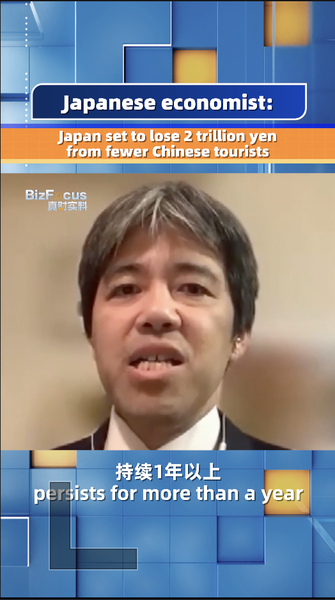The 2025 Tsinghua PBCSF Global Finance Forum brought nearly 100 senior officials, economists and business leaders to Shenzhen, Guangdong Province, under the theme “A Shared Future: Building an Open and Inclusive Economic and Financial System.” Hosted by Tsinghua University’s PBC School of Finance, the two-day event unveiled the China Financial Policy Report 2025, spotlighting a path to steady economic recovery amid global uncertainties.
According to the report, China faces a complex external environment. Erratic US tariff policies and shifting trade patterns are testing resilience. Domestically, challenges include underwhelming consumer demand, the need to pivot from traditional drivers, and the ever-present task of managing financial risks.
“We have navigated past storms, from the Asian Financial Crisis to more recent shocks,” said Wang Yiming, vice chairman of the China Center for International Economic Exchanges. “But our growth model must evolve. Shifting toward consumption and innovation is not just an option; it’s an imperative.”
Hu Xiaolian, former chairwoman of the Export-Import Bank of China, highlighted changes on the currency front. “The international monetary system is becoming more diversified and inclusive,” she noted. Despite global trade upheavals, Hu believes that Chinese enterprises, armed with scale and agility, can seize emerging opportunities.
To fuel high-quality growth, the report outlines reforms across five pillars: stabilizing the financial environment, optimizing resource allocation, deepening market openness, enhancing risk prevention, and advancing digital finance. Together, these measures aim to fortify China’s economic foundation and drive sustainable development.
As the forum wrapped up, participants agreed that cooperation, innovation and inclusive policies will be key to navigating a world in flux—and that China’s next chapter hinges on embracing new engines of growth.
Reference(s):
cgtn.com




